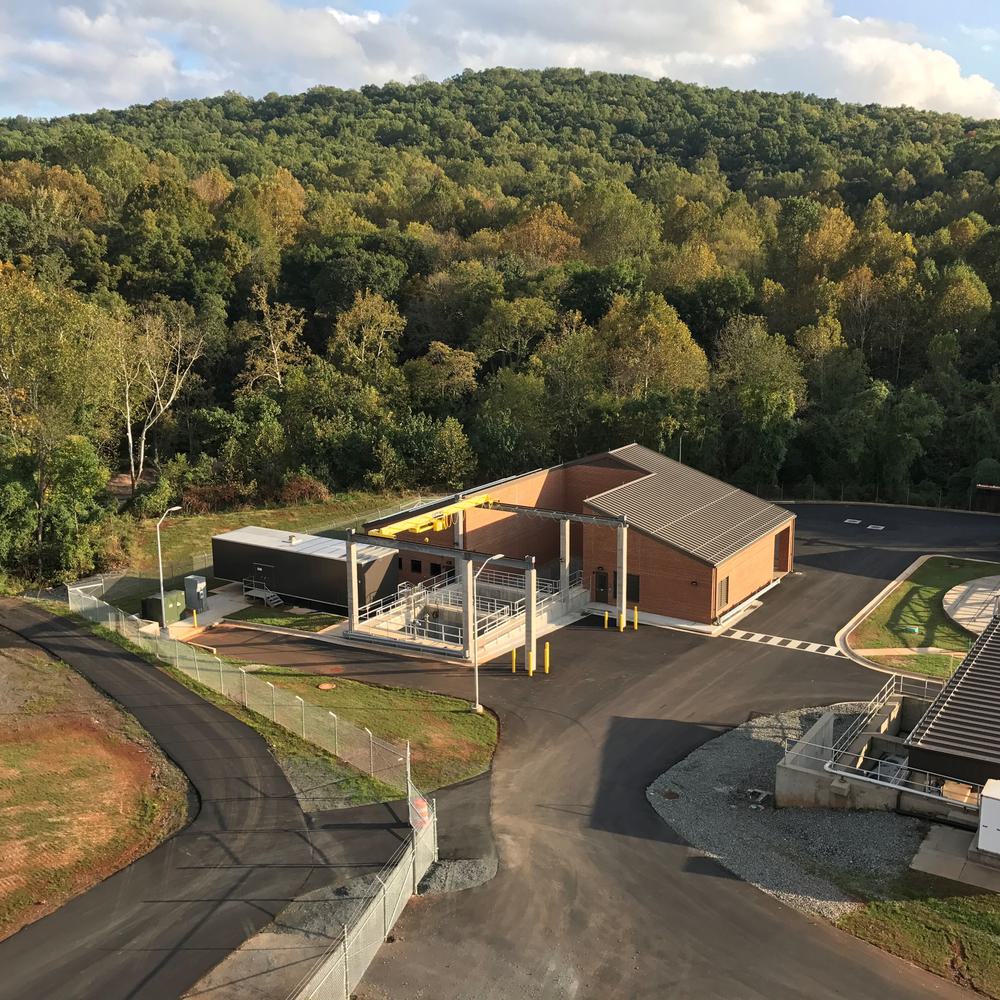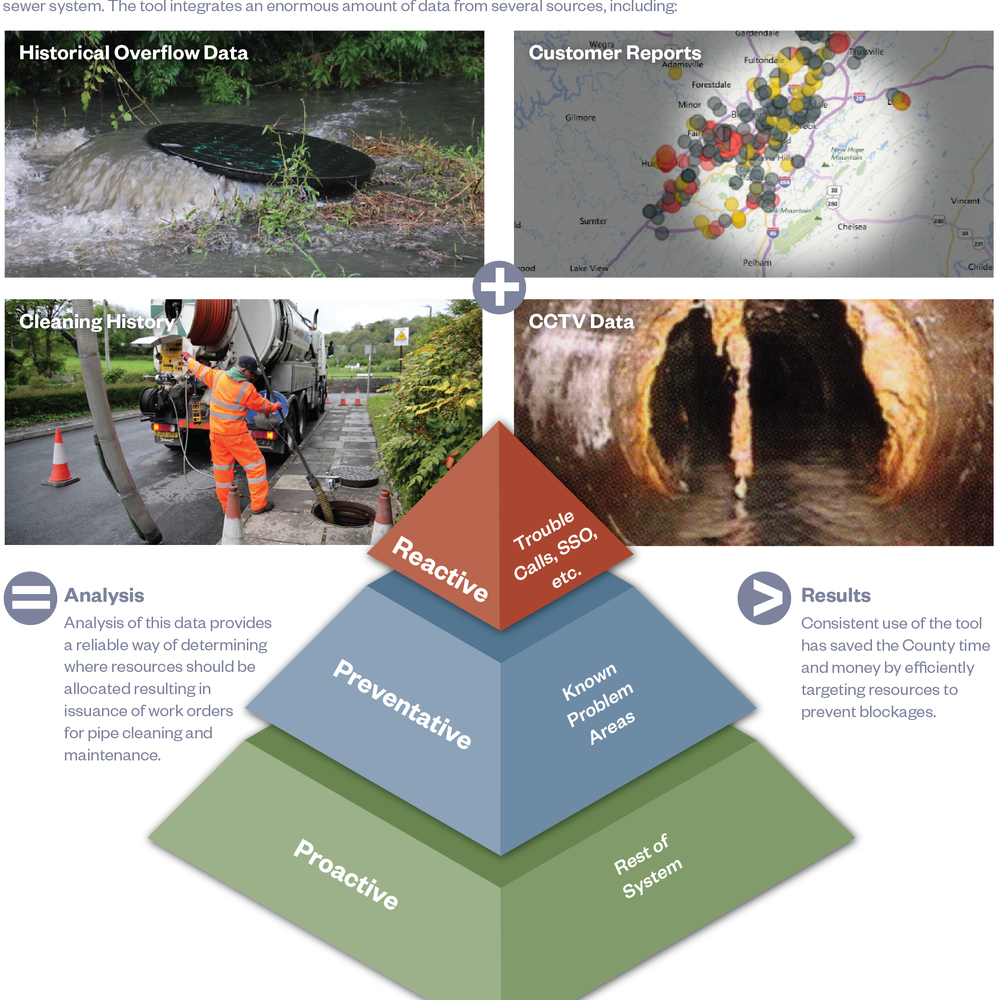Reclaiming the Past: Expanding Beverly Hills' Water Supply through Historical Infrastructure
To expand and secure the City’s drinking water supply sources for the future, Hazen located and restored assets from decades past.
At a Glance
- Using historical records, Hazen recovered a 100-year-old pipeline to connect a new well located in a highly urbanized area of Los Angeles to the City's water treatment plant, minimizing excavation along a traffic-packed street.
- On a compact worksite, Hazen successfully led a team that drilled and equipped a new production well with a completed facility that blends favorably with the surrounding L.A. neighborhood.
- Accessing the La Brea Subarea groundwater basin has reduced the City’s need for imported water from Metropolitan Water District (MWD) and increased its water supply reliability; the City will develop at least two more well sites to further reduce imported water use and expand its supply portfolio.
Conservation and efficient water use are critical to the City of Beverly Hills, where a resident population of 43,000 swells to 250,000 daily as tourists gather. Within its boundaries, the City owns, operates, and maintains an entire water supply infrastructure—storage reservoirs, pump stations, groundwater wells, pipelines, and the Foothill Water Treatment Plant (WTP)—to serve Beverly Hills and part of the City of West Hollywood.

Tori Yokoyama manages water infrastructure projects, including water supply and distribution facilities.
Related Topics:
“We’ve bolstered our local water supply and made our system more resilient through implementing the La Brea Subarea Groundwater Supply Project.”
– Vince Damasse, P.E. Water Resources/Operations Manager
Importing water from the Metropolitan Water District (MWD) and pumping from the Hollywood Groundwater Basin (the groundwater basin that underlies the City of Beverly Hills) were meeting demand, but the City wanted to increase its local supply to reduce dependence on imported water, which is vulnerable to interruptions due to factors such as drought and earthquakes. In 2015, Beverly Hills introduced the La Brea Subarea Groundwater Supply Project, to include:
- Three groundwater production wells to pump the La Brea Subarea of the Central Groundwater Basin
- A raw water transmission main connecting the three wells to the Foothill WTP
Accessing the La Brea Subarea could meet approximately 15 percent (1.5 mgd) of the City’s water demand; however, the only way to route the transmission main would be to navigate one of the busiest streets in the City of Los Angeles, La Cienega Boulevard.
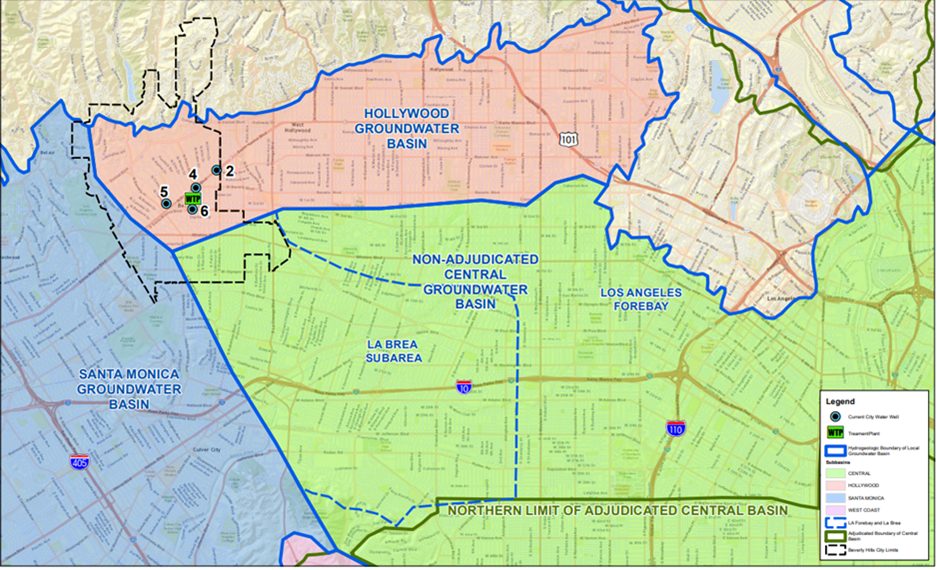
In 2015, the City of Beverly Hills developed the La Brea Subarea Groundwater Supply Project to restore a local water source, meet 15 percent of water demand, and reduce imported water use.
Borrowing an Idea from the Past
One of the most famous streets in California, La Cienega Boulevard is a major thoroughfare connecting Los Angeles, Beverly Hills, and Hollywood. Lined with offices, boutiques, and restaurants, including the Beverly Center mall, this nine-mile-long artery is often jammed with vehicles. “You can imagine the impact of building a new pipeline in La Cienega traffic,” said Hazen Project Manager, Tori Yokoyama. “It would disrupt so many people’s lives throughout Los Angeles and surrounding areas.”
To find a solution, Hazen investigated the past layout of the local groundwater system. Records showed that the City had operated wells in the La Brea Subarea dating back to the 1920s, but decided to abandon their groundwater assets in 1976 when importing water from MWD was considered to be the most cost-effective option. By restoring the aged infrastructure, the project team could renew a raw groundwater source with minimal interference to the community.

With no as-built drawings and few records available, Hazen used a historic atlas of Beverly Hills to locate existing assets that might be reused to pump groundwater from the La Brea Subarea.
Selecting from Unconventional Sites
Finding a site for the new well was difficult due to the high cost and limited availability of commercial properties in Los Angeles. To narrow the search area, Hazen consulted groundwater consultants from Richard C. Slade and Associates, LLC (RCS), a firm with more than 40 years of experience working on the City's groundwater supply wells. RCS defined an area of the highest potential water production, which set the geographic boundaries for Hazen’s site search.
Within the high-potential area, Hazen found that many of the available locations were too small for well construction. The appropriately sized sites were only accessible via narrow public streets, posing a challenge for work vehicles. Additionally, Los Angeles noise ordinances severely restricted drilling hours, making soundwalls a necessity. After thoroughly evaluating the options, the City acquired a suitable commercial site with nearby property for staging and storage.

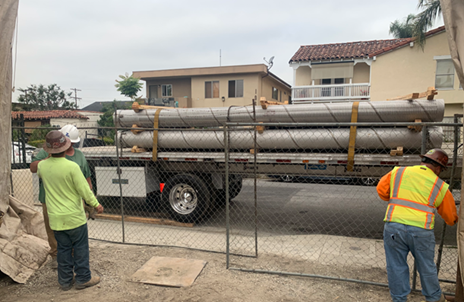
The project team adapted to the compact worksite by using a smaller drill rig, equipping space-saving 20-foot casing joints instead of the typical 40-foot, and carefully offloading materials in small batches from the staging area. On larger sites, 40-foot casing joints expedite the process of pulling components from the truck to connect and push down the well.
The City installed an initial monitoring well to assess feasibility and water quality, generating data to shape the design of the final telescoping production well. Also known as a nested well, its flexible telescopic casing allows for depth adjustments as groundwater levels fluctuate.
Hazen collected community input to develop a neighborhood-friendly architectural design. Completed in 2023, the well is protected by a Spanish-style stucco building, similar to the architecture of adjacent houses, on a gated driveway that blends nicely with nearby homes and provides easy access for operations staff.
To fit the new well site, Hazen used a smaller drill rig, dropped off building materials in small batches from a nearby staging area, and equipped 20-foot casing joints.
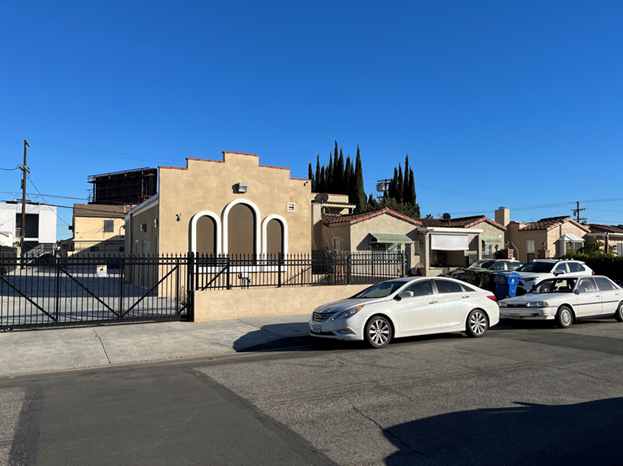
Hazen involved community input to design and construct a secure well site that is accessible for operations staff and blends nicely with the surrounding neighborhood.
Mapping and Revitalizing Aged Infrastructure
With few records available, Hazen used a historic atlas to locate the City’s original infrastructure. The atlas included a transmission main leading to a decommissioned treatment plant. Under Hazen’s supervision, a potholing crew searched the site underground and located the original transmission main, setting up closed-circuit TV to record the alignment and condition of the existing main. “Fortuitously,” stated Yokoyama, “the main ran continuously up La Cienega’s sidewalk, exactly where we needed it. If not for this existing line, the project would have been nearly impossible to construct due to traffic.”
Hazen created an as-built drawing from CCTV footage to use as the basis of design. Intended for low water pressure, the original transmission main was an 18" concrete pipeline designed to deliver water to a decommissioned treatment plant at La Cienega Park. Hazen designed a slip-lining installation for the new main, by installing an inner "carrier" pipe to handle the needed pressure. MNR Construction completed the project in 2021, reconnecting the La Brea Subarea to the Foothill WTP.

Trenchless sliplining installation of the transmission main at the intersection of La Cienega Boulevard and Olympic Boulevard.
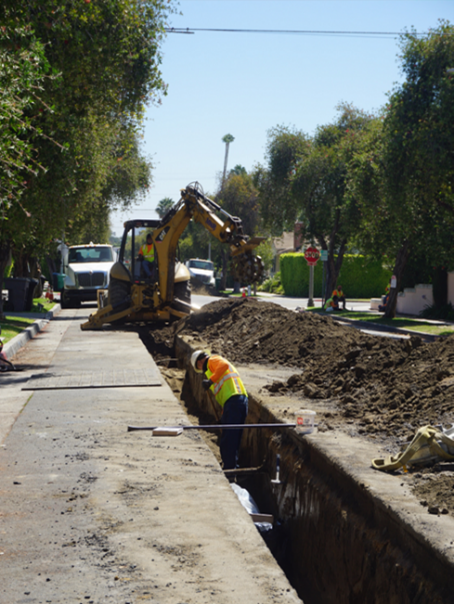
Open-cut construction of the transmission main through City of Beverly Hills streets.
Advancing the La Brea Groundwater Supply Project
Tight worksites often mean increased construction time, but Hazen leveraged historical assets and logistics expertise to complete the well and transmission main on time and under budget. As of 2023, La Cienega Well No. 1 is successfully producing water to pump through the new transmission main, treat at the Foothill WTP, and send to the City’s distribution system. Accessing the La Brea Subarea has reduced the City of Beverly Hills’s imported water use and increased its supply reliability. To further diversify sources and reduce dependence on imported water, the City plans to develop at least two more well sites in the La Brea Subarea.








